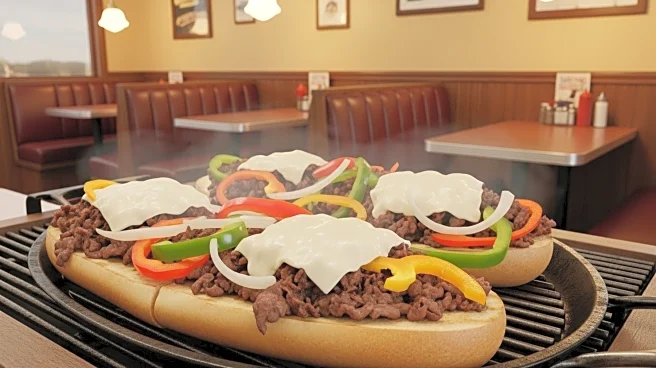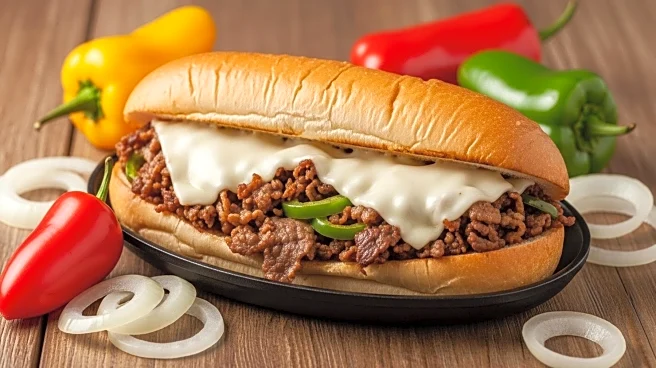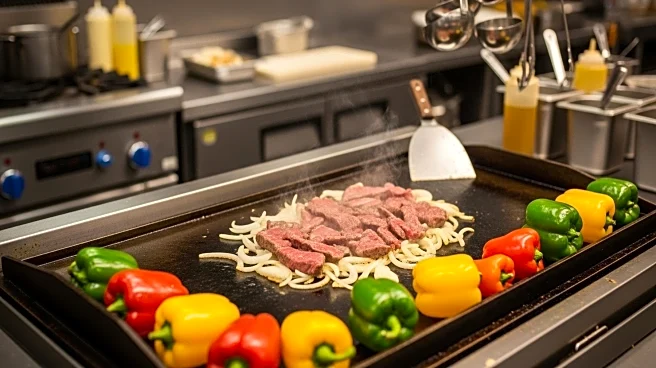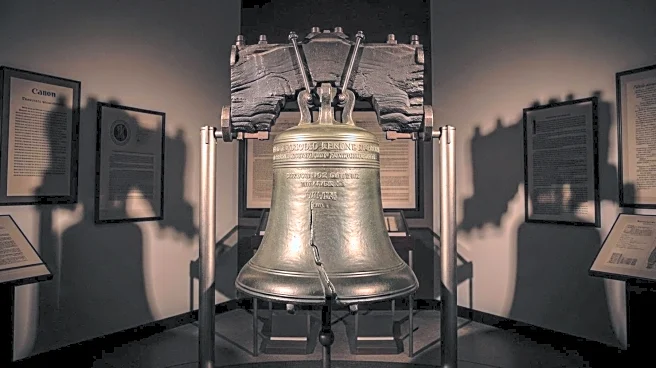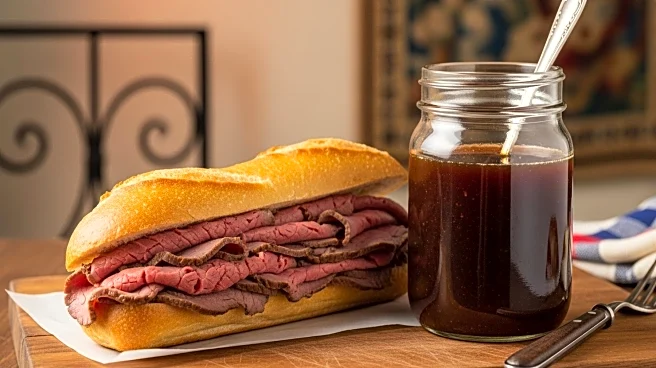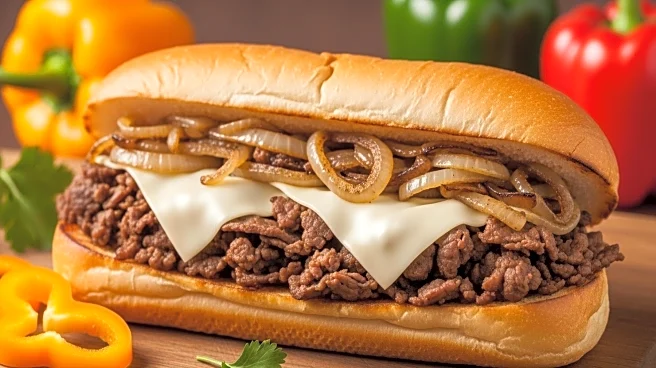The Philly cheesesteak is a culinary icon with a rich history that dates back to the early 20th century. Known for its combination of thinly sliced steak, melted cheese, and a long hoagie roll, the cheesesteak has become synonymous with Philadelphia. The milestones in its evolution highlight key moments that have shaped its status as a beloved American dish, making it a must-try for locals and visitors alike.
Early Milestones
The origins of the Philly cheesesteak can be traced back to the 1930s when Pat's King of Steaks introduced the combination of steak and cheese. This innovation marked the beginning of the cheesesteak's journey from a local delicacy to a national sensation. The simplicity and flavor of the sandwich quickly gained popularity, establishing it as a staple in Philadelphia's food scene.
Breakthrough Moments
A significant breakthrough moment in the cheesesteak's history was the establishment of Geno's in 1966. This new competitor introduced its own unique style, creating a friendly rivalry with Pat's that captivated cheesesteak enthusiasts. The competition between these two establishments has fueled the dish's popularity, drawing attention to Philadelphia as the cheesesteak capital.
Recent Developments
In recent years, the cheesesteak has continued to evolve, with variations appearing in restaurants across the United States. The introduction of cheese whiz and the addition of onions and peppers have allowed for personalization while maintaining the classic appeal. These developments have contributed to the cheesesteak's widespread recognition and adaptation, making it a versatile dish enjoyed by many.
Lasting Impact
The lasting impact of the Philly cheesesteak is evident in its widespread recognition and adaptation. It has inspired countless variations, allowing for personalization while maintaining its classic appeal. The sandwich has also become a cultural touchstone, featured in media and celebrated in festivals, reinforcing its status as a culinary icon.
 Discover Daily • 8 min read
Discover Daily • 8 min read 